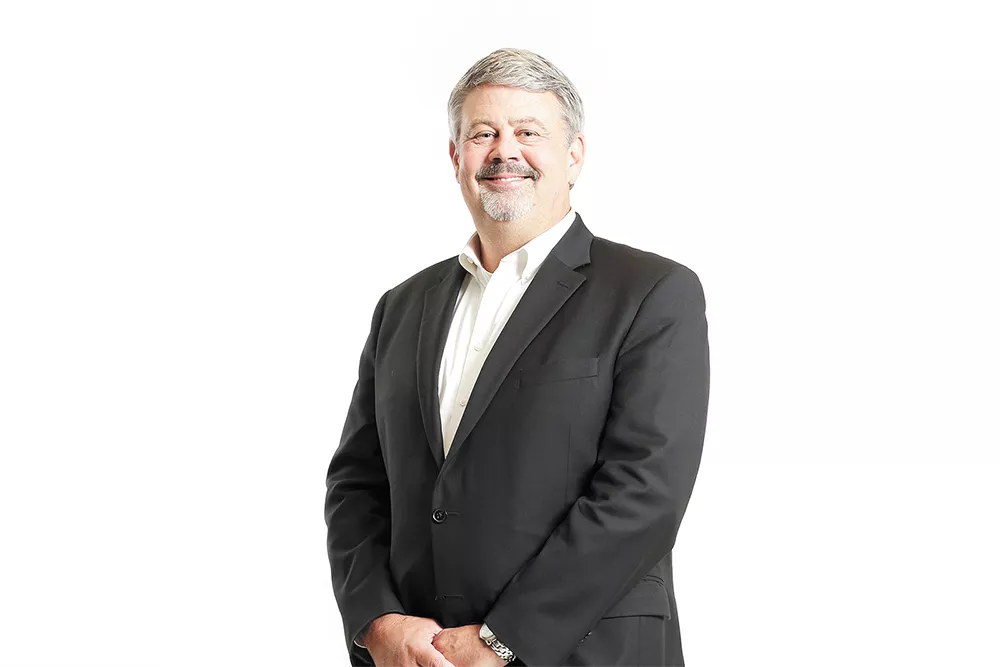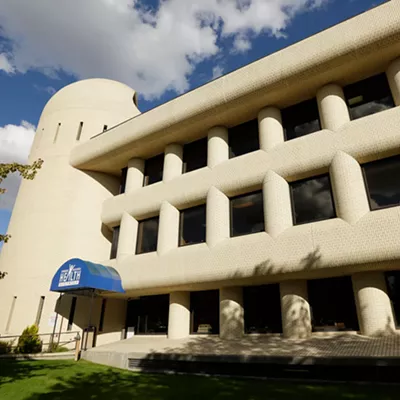Come October, Avista Corp. President Dennis Vermillion will take the helm of the utility as CEO, as current CEO Scott Morris steps down after more than a decade.
Born and raised in the Spokane area, Vermillion started at Avista back in 1985 when the company was still Washington Water Power. In his first 12 years, he quickly learned the ins and outs of managing power resources and risks, as well as negotiating outside power contracts. He and his colleagues got so good at that Avista created another business to help provide those services to other utilities and companies throughout the West. For several years, Vermillion led that side company, Avista Energy, then returned to Avista in 2007, quickly moving through leadership ranks and becoming president in 2018.
Now, Vermillion says he's excited to continue investing in a bright future for his hometown.
INLANDER: What are you looking forward to in your first year as CEO?
VERMILLION: Some of the things that are really exciting to me are we all know that our world is changing and public policy is changing around how we generate and use electricity, and we have been leaders for decades in this area.
Being carbon neutral by 2027, that's exciting, and then 100 percent carbon free by 2045, those are exciting times for us.
I'm excited about the spirit of innovation in our company. We've long been proud of the firsts we've done.
What we're doing in the south landing of the U-District, across the bridge, is really, really cool with the Catalyst Building being developed there.
Catalyst is scheduled to be finished by spring, right?
Yep. We're going to be experimenting with how to optimize building operations and building controls not only within that building itself, but also within a cluster of buildings with onsite generation and battery storage, solar power and thermal storage.
If we can do that and then optimize that against grid operations, then you can avoid building new utility infrastructure. For example, a substation you might have to build and serve the traditional way, if you can push that investment off 10 or 20 years by going with these "nonwire" solutions, that's a win.
A proposed merger with Canadian utility Hydro One failed this year. Is a more hostile takeover from another utility an inevitability?
No, not at all. You know, Hydro One, there was certainly some benefits to that that we saw, and it was a very unique opportunity. I prefer to look forward. It's water under the bridge. We're focused on remaining a strong, independent company going forward. ♦

























